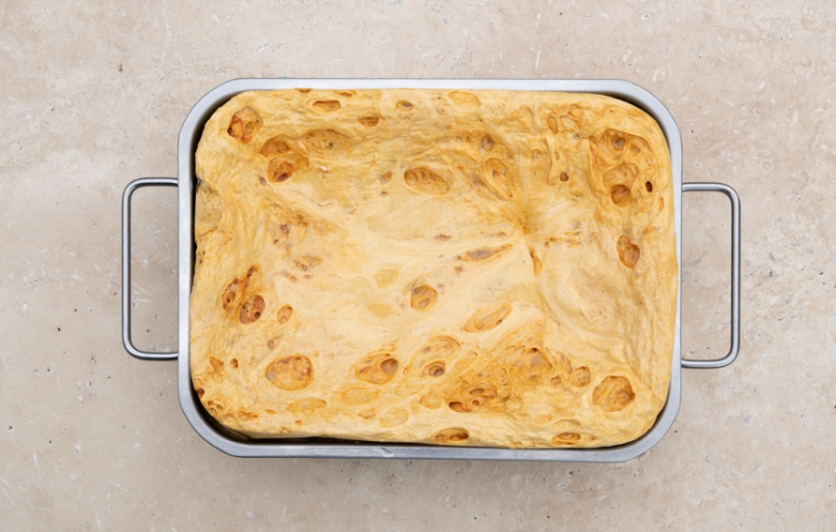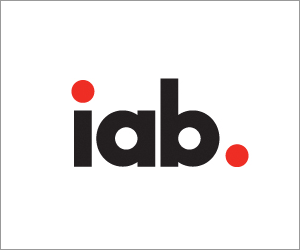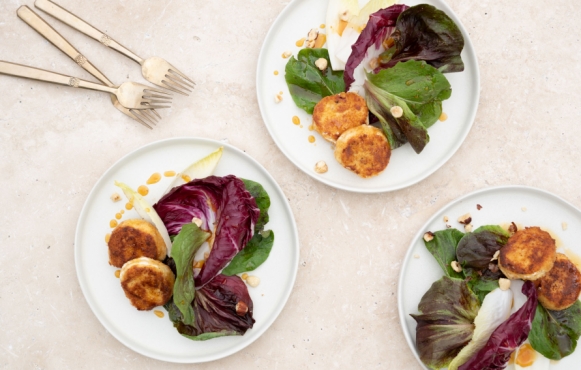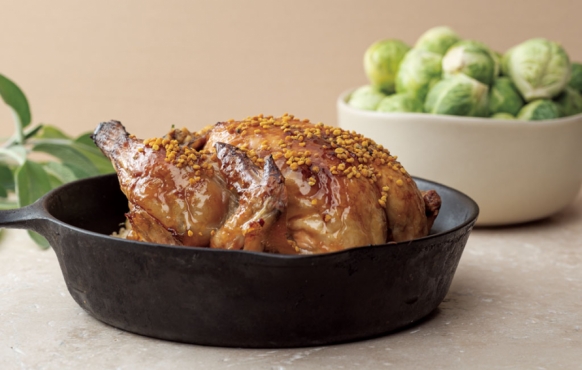
Sweet and savoury recipes that harness honey's depth.
Honey. That sweet, golden elixir from the gods. Well, not the gods, the bees, but they are an immensely important part of our everyday lives as they pollinate the vast amounts of fruits and vegetables we consume. While the bee's trip from flower to flower is critical for the plant's reproduction, and our ability to produce many of our favourite foods, it's the bee putting in a hard day's work to make a food source for its colony.
Bees have been around for a long time, mastering their craft of honey production and storage. We've capitalized on this knowledge for many millennia, first harvesting honey and beeswax strictly from wild beehives before trying our hands at bee domestication. Our understanding of beekeeping had quite a steep learning curve as almost every colony of bees was destroyed in honey harvesting until the 18th century when European naturalists began to focus on how bee colonies worked and the queen's importance. Destroying the entire colony meant they needed to start from scratch for your next batch of honey, which was time-consuming, especially considering the importance of honey as a natural sweetener in food production before the widespread accessibility of sugar.
While almost everyone knows bees make honey, most of us don't know how this process works after the bee returns from flower-hopping — and even what the bee is doing at each pit stop. Here is the process in a nutshell: The bee enters the flower and has one of two jobs. It collects pollen to be taken back to the hive and turns it into "bee bread" to feed the larvae and the queen or it sucks the nectar of the flowers into its honey stomach. Bees have two stomachs — one for food and one for nectar. Enzymes in the bee's stomach convert the nectar's complex sugars into simple ones. Upon returning to the hive, each bee regurgitates its collection to the hive bees, which in turn, digest and regurgitate the sugar liquids to the next bee down the line until it's ready for the bees to put it into the comb.
While the nectar comes into the hive with a high water concentration (generally around 70 per cent or higher), the regurgitation process removes much moisture (to approximately 20 per cent.) When the bees place it into the combs, the bees' constant heat and the fanning of their wings cause water to evaporate until the sugars drop below the saturation point and the moisture levels reach about 17 to 18 per cent. The additions of enzymes and the right amount of moisture keep the honey from fermenting and give it an extraordinarily long shelf life. While the average hive can produce about 60 pounds of honey in a season, demand for this sweet golden syrup has skyrocketed, in part due to its health benefits. At the same time, the overuse of pesticides is decimating bee populations. These two factors — higher demand and lower supply — have pushed honey onto the list of foods prone to fraud. A 2019 CBC report of a Canadian Food Inspection Agency investigation found that 22 per cent of pure honey found on grocery store shelves had been cut with other sweeteners. All were imported.
If you are looking for high-quality pure honey, get to know the beekeeper and buy local. Most local beekeepers offer raw honey or at least honey with a minimal amount of pasteurization, primarily used to preserve the nutrients. Flavour profiles can range from the light and mild wildflower honey to the dark, rich buckwheat honey. Check out a few honey producers at your local farmers' market and try them out at different times of the year. As the season goes on, there are other flowers available to the bees, and the honey, even from the same hives, changes in colour and flavour.









